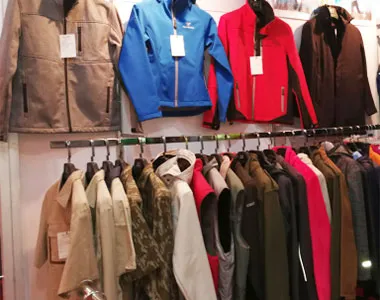The primary function of a relief valve is to protect equipment and piping systems from excessive pressure. When pressure builds up beyond a safe threshold, the valve automatically opens to release the excess pressure. This process not only protects the equipment from damage but also minimizes the risk of explosions or other hazards associated with over-pressurization. Once the pressure returns to a safe level, the valve closes, ensuring that the system continues to function effectively.





